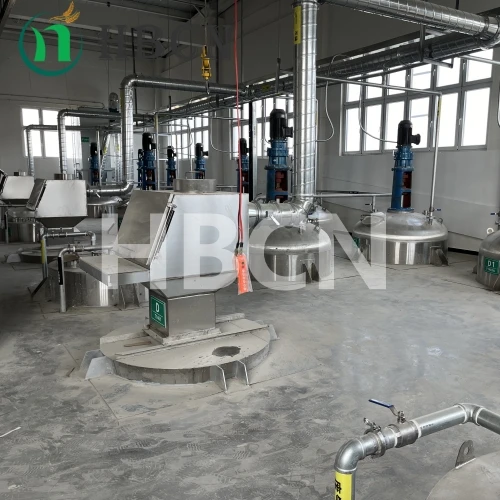
aug . 10, 2024 07:35 Back to list
Searching for Suppliers of Chlorothalonil for Effective Peach Leaf Curl Management
The Role of Chlorothalonil in Managing Peach Leaf Curl
Peach leaf curl is a common fungal disease caused by the pathogen *Taphrina deformans*, which significantly affects peach and nectarine trees. Characterized by the distortion and curling of leaves, this disease can lead to decreased fruit yield and quality. To mitigate the impact of peach leaf curl, many orchardists turn to various control measures, with chlorothalonil being a prominent choice. Chlorothalonil is a broad-spectrum fungicide that has been widely used for effective disease management across numerous crops.
Understanding Chlorothalonil
Chlorothalonil is a non-systemic fungicide belonging to the family of chlorinated benzenes. With its multiple modes of action, it disrupts the growth and reproductive capabilities of various fungal pathogens. Its effectiveness against a range of fungal diseases makes it a critical tool for growers aiming to protect their crops from severe infestations. Unlike systemic fungicides, chlorothalonil remains on the plant surface, meaning that it provides effective protection against pathogens before they penetrate plant tissues.
Application in Peach Cultivation
In the context of peach farming, chlorothalonil is often applied as a preventative measure before the onset of disease. To effectively manage peach leaf curl, it is essential to apply chlorothalonil during the dormant season, typically in early spring, when the buds are swelling but before leaf emergence. This timing is crucial as it allows for the fungicide to coat the plant's surface, providing a protective barrier against the invading fungal spores.
The recommended application rates may vary based on the specific cultivar and local conditions, but it is essential to follow the guidelines provided by suppliers and agricultural extension services. Accurate dosage is vital, as over-application can lead to environmental concerns and potential resistance issues in pathogens.
Benefits of Using Chlorothalonil
chlorothalonil for peach leaf curl supplier

One of the primary benefits of chlorothalonil is its efficacy in controlling peach leaf curl, which has demonstrated significant improvements in crop yield when applied correctly. In addition to controlling leaf curl, chlorothalonil is effective against several other fungal diseases, including anthracnose and brown rot, thus providing comprehensive disease management throughout the growing season.
Furthermore, chlorothalonil has a relatively low toxicity profile, making it a safer choice for both applicators and the environment when used according to label directions. It is essential, however, for growers to integrate chlorothalonil with other cultural practices – such as proper pruning, good air circulation, and soil management – to enhance overall disease control and sustainability.
Challenges and Considerations
Despite its advantages, the use of chlorothalonil is not without challenges. Resistance development in fungal populations is a significant concern in plant disease management. Therefore, it is essential for growers to implement a diversified disease management strategy that includes crop rotation, use of resistant varieties, and the alternate application of other fungicides with different modes of action.
Moreover, environmental regulations surrounding pesticide usage are continually evolving. Growers must stay informed about the current regulations regarding chlorothalonil application to ensure compliance and minimize environmental impacts.
Conclusion
In conclusion, chlorothalonil plays a vital role in managing peach leaf curl and safeguarding peach crop yields. Its effectiveness as a protective fungicide, combined with the need for integrated pest management practices, makes it an indispensable tool for peach growers. As with any pesticide, responsible use, informed by best practices and regulatory compliance, is key to achieving sustainable agriculture in peach farming. By adopting a holistic approach to disease management, including the use of chlorothalonil, growers can ensure healthy and robust peach trees for years to come.
-
Azoxystrobin: Broad-Spectrum Fungicide Solutions
NewsAug.11,2025
-
Best EPA Boscalid: Superior Crop Fungicide for Max Yields
NewsAug.11,2025
-
Best Willowood Imidacloprid: Superior Pest Control Solutions
NewsAug.10,2025
-
Best EPA Boscalid Fungicide: Ultimate Crop Protection
NewsAug.09,2025
-
Cyprodinil Fungicide: Broad-Spectrum Crop Protection
NewsAug.08,2025
-
Tembotrione Herbicide: Advanced 8% OD for Broad Spectrum
NewsAug.07,2025
